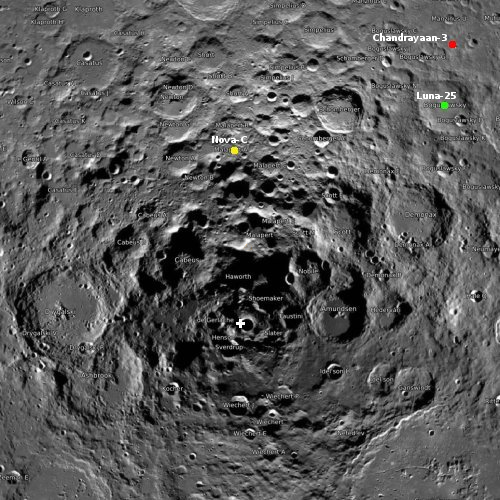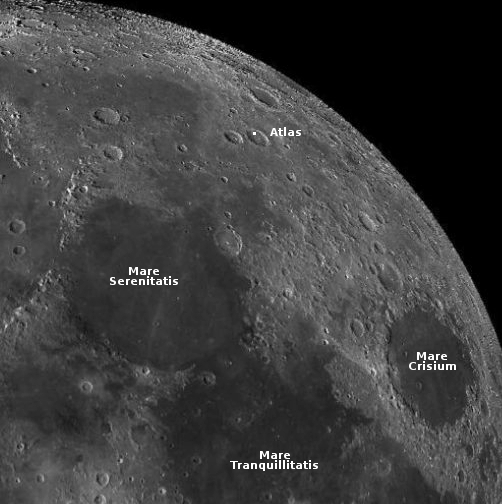SpaceX might get investment capital from Saudi and UAE investors
According to several reports in the business press, SpaceX is presently negotiating with investment companies in Saudi Arabia and the United Arab Emirates (UAE) to possibly provide additional investment capital to the company.
Citing two individuals reportedly familiar with the matter, The Information noted that Saudi Arabia’s Water and Electricity Holding Company, Badeel, and the United Arab Emirates’ Alpha Dhabi are participating in the funding round. Morgan Stanley is reportedly organizing the investment effort.
At present it is unknown how much would be invested. It is also unclear if this foreign investment in an American rocket company can pass muster with the U.S. State Department.
SpaceX has already raised about $10 billion in private investment capital as well as $4 billion from NASA for the development of Starship/Superheavy.
According to several reports in the business press, SpaceX is presently negotiating with investment companies in Saudi Arabia and the United Arab Emirates (UAE) to possibly provide additional investment capital to the company.
Citing two individuals reportedly familiar with the matter, The Information noted that Saudi Arabia’s Water and Electricity Holding Company, Badeel, and the United Arab Emirates’ Alpha Dhabi are participating in the funding round. Morgan Stanley is reportedly organizing the investment effort.
At present it is unknown how much would be invested. It is also unclear if this foreign investment in an American rocket company can pass muster with the U.S. State Department.
SpaceX has already raised about $10 billion in private investment capital as well as $4 billion from NASA for the development of Starship/Superheavy.















